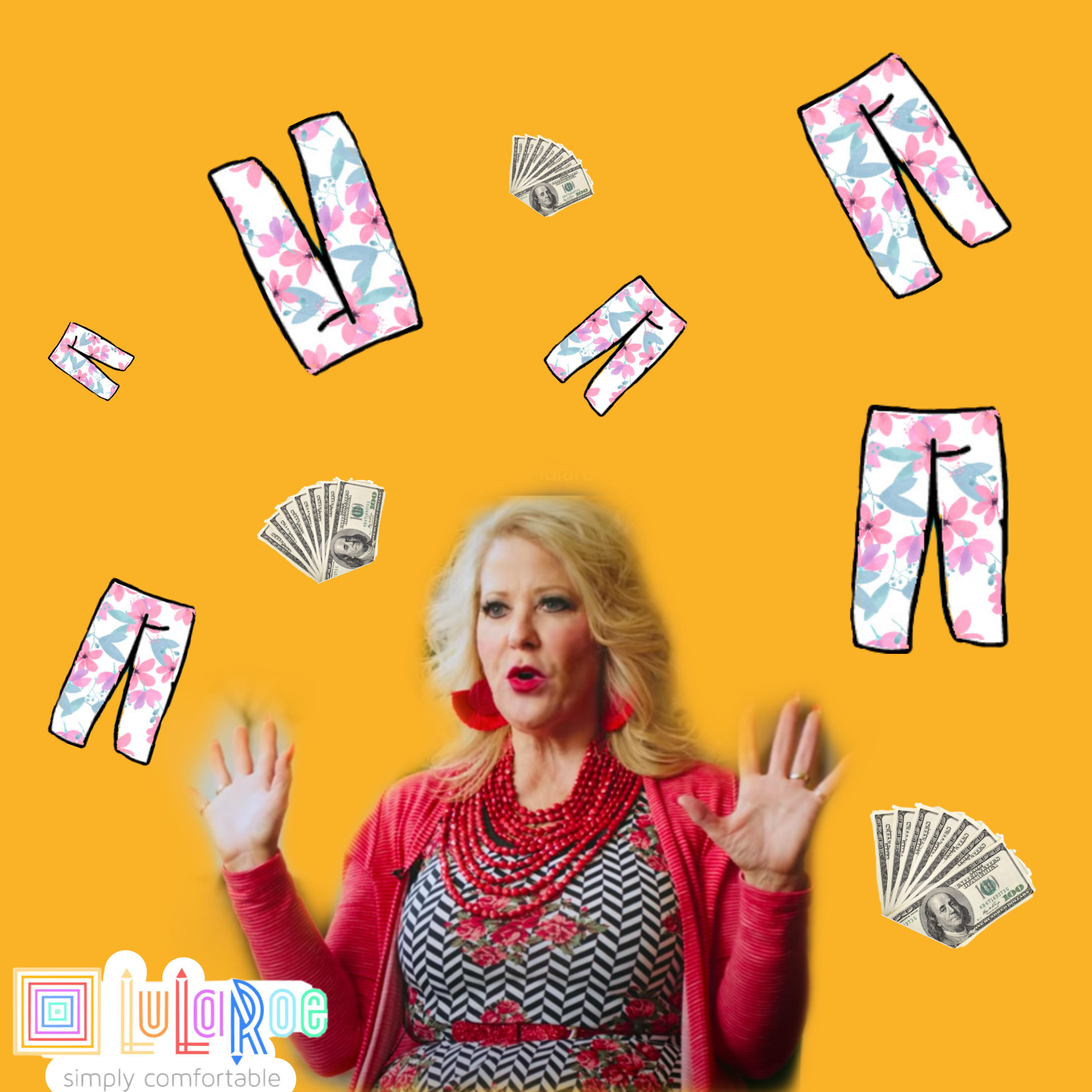Please visit response.fsu.edu for official FSU updates and resources.
Did LuLaRoe Help Families or Create Criminals?

From ignoring production/design issues to encouraging families in debt to join, LuLaRoe continued to put themselves at risk, despite having plenty of chances to alter the fate of the company. The directors of the series flawlessly executed the storytelling of the origin and downfall of LuLaRoe, combining the accounts of founders, retailers, and corporate employees. Instantly, we see how the company took many wrong turns that led to their legal dilemma. These mistakes are highlighted as the documentary flashes between the founders’ interviews for the series and their trial videos, in which they tried to appear unaware of the company’s rules and regulations.
At the start of the documentary, we get a feel for who the founders of LuLaRoe are and the backgrounds that led them forming a billion-dollar company. Both founders essentially describe themselves as “born entrepreneurs.” One of the founders, Deanne Brady, emphasizes that above all, she wanted to help women work while still being a present parent and partner and she felt that she accomplished that goal with LuLaRoe. Straight from its conception, the company sounds questionable as they use buzz terms to describe their products and emphasize the potential for success as a retailer. As soon as we see the “retailers,” mainly housewives who are desperate to change their financial future, we sympathize with them. Many of them lost money they didn’t have to begin with to a company that cared so little about them and continued to deceive them. At the core of this documentary, and what I think contributed to American housewives’ overwhelming interest in LuLaRoe was the “girlboss” culture of the time. It encouraged women to take charge of their financial situations and pave the way for their ideal careers, all while maintaining a perfect home life. That cultural movement, combined with the vulnerable positions of these women made for the perfect storm, attracting around 80,000 women across the country to sell LuLaRoe at its peak.
The demand for the product shown in LuLaRich seems impossible to explain. However, when you consider how social media started reaching older audiences through platforms like Facebook Live, it gets easier to understand how the word spread to stay-at-home moms across the country. LuLaRoe’s business model, though similar to companies like Arbonne, Mary Kay, and Avon, set them apart by incorporating Mormon ideals and stressing gender roles within the foundation of the company. These ideals seemed to resonate with some of the retailers, who remained within the company and continued to attend events and workshops on how to be a good wife and mother. This cult-like approach might explain why some of the women felt pressure to remain loyal even after the demand for the product started dwindling.
What ultimately led to the company’s rapid decline was their inability to abide by the strict rules of multi-level marketing. One of the most prominent issues with the company seemed to be bonus checks and incentives that the company wasn’t equipped to handle. For successful retailers, the majority of their income came from recruiting new retailers rather than from their actual sales, which blurred the lines of the company’s legitimacy. As LuLaRoe started to crumble, it also set new beauty standards for the retailers. Brady encouraged retailers to enhance their appearance through stomach reduction surgeries and tried to convince their husbands to quit their jobs so their family’s finances would be entirely dependent on LuLaRoe. At that point, many retailers realized that something was deeply wrong with the company and they needed to get out, regardless of how much money they had invested. I think, overall, the bored housewives were victims of their environment. The LuLaRoe housewives, like any parent hoping to provide a comfortable life for their children while being a present figure, chose to overlook the red flags in the hopes of financial freedom. Unfortunately, the success that was promised to them by trusted members of their community turned out to be a hoax and ultimately tore most of their families apart.
Written by & Art by: Isabella Harrison



